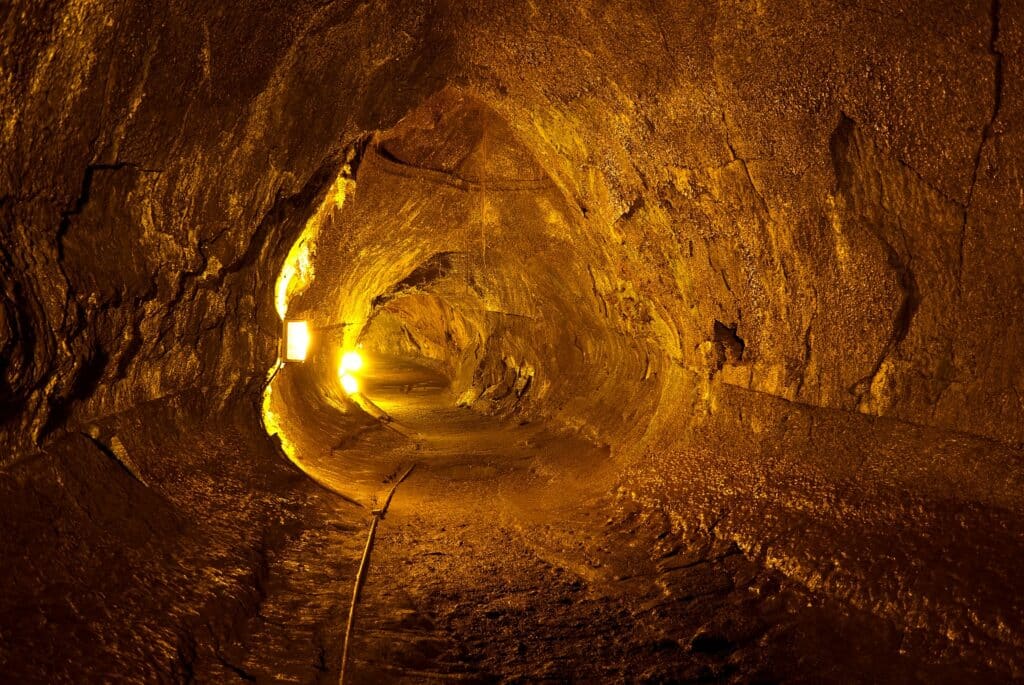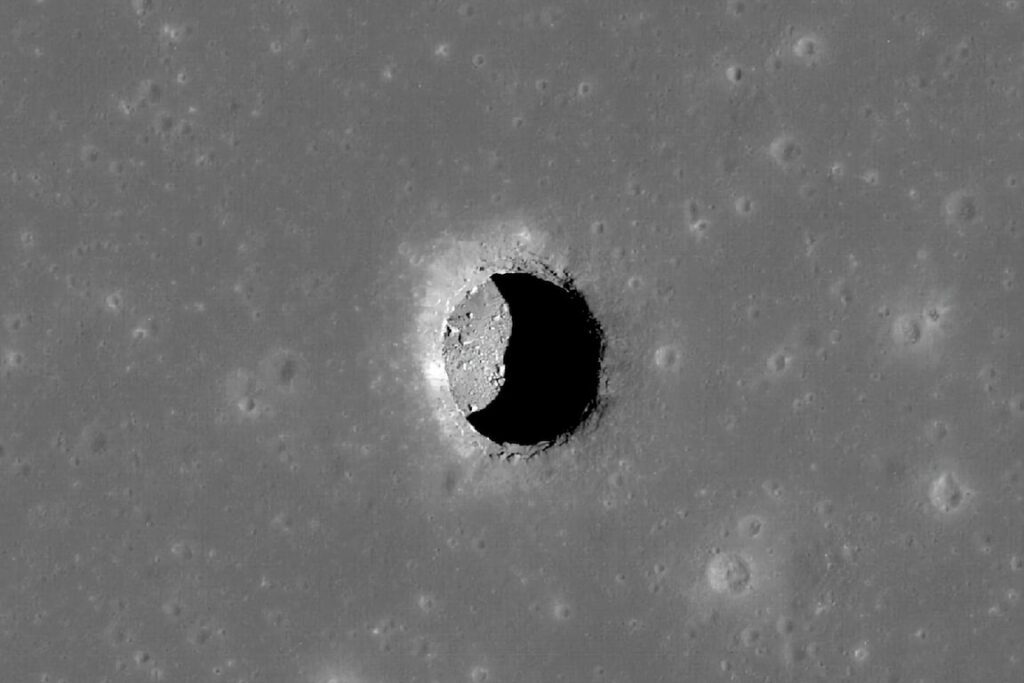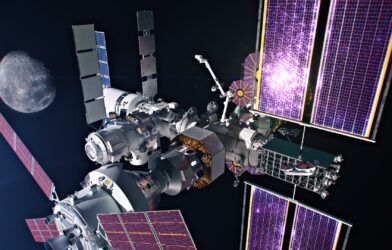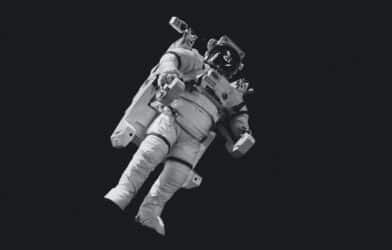The conversation about the potential for the moon to become a travel destination for all humans has picked up in recent years. Now, there’s more speculation about this sci-fi fantasy. UCLA planetary scientists have found lunar pits and caves with steady temperatures in the 60s. They believe the pleasant climate means people could potentially live and work there one day.
Scientists first discovered these pits on the moon in 2009. Researchers have since pondered whether these pits led to caves that could be explored or used as shelters.
Tyler Horvath, lead researcher and a UCLA doctoral student in planetary science, says 16 of the more than 200 pits are most likely collapsed lava tubes. Horvath indicates that two of the most prominent pits have visible overhangs that lead to some sort of cave or void, and there is strong evidence that another’s overhang may also lead to a large cave.
Lava tubes form when molten lava flows beneath a field of cooled lava or a crust forms over a river of lava. This leaves a long and hollow tunnel. A pit opens when the ceiling of a solidified lava tube collapses, leading into the rest of the cavelike tube.

Using processed images from the Diviner Lunar Radiometer Experiment — a thermal camera and one of six instruments on NASA’s robotic Lunar Reconnaissance Orbiter — Horvath wanted to find out if the temperature within the pits separated from those on the surface. Researchers used computer modeling to examine the thermal properties of the rock and lunar dust and to chart the pit’s temperatures over a period of time.
Study authors report that temperatures remained at around 63 degrees Fahrenheit within the permanently shadowed reaches of the pit. This is much more habitable compared to the moon’s surface, which can heat up to 260 degrees during the day and plummet to 280 degrees below zero at night.
Researchers believe the shadowing overhang limits how hot things get during the day and preventing heat from radiating away at night. That’s why it remains in the 60s. However, the sunbaked part of the pit floor rises to 300 degrees during the daytime. “Because the Tranquillitatis pit is the closest to the lunar equator, the illuminated floor at noon is probably the hottest place on the entire moon,” notes Horvath in a university release.
Building bases in the pits’ shadowed parts would allow scientists to focus on growing food, providing oxygen for astronauts, gathering resources for experiments and expanding the base. The pits also offer some protection from cosmic rays, solar radiation and micrometeorites.
“Humans evolved living in caves, and to caves we might return when we live on the moon,” says David Paige, UCLA professor of planetary science and leader of the Diviner Lunar Radiometer Experiment.
The Diviner, which has been mapping the moon since 2009, has produced NASA’s second largest planetary dataset. Thanks to the Diviner, researchers have improved data on lunar pits.
“Because nobody else had looked at things this small with Diviner, we found that it had a bit of double vision, causing all of our maps to be a bit blurry,” notes Horvath. He adds that researchers worked to align the images taken by Diviner until they could achieve an accurate thermal reading down to the level of a single pixel. Because of this, they were able to yield much higher resolution maps of the moon’s surface.
The study is published in the journal Geophysical Research Letters.











